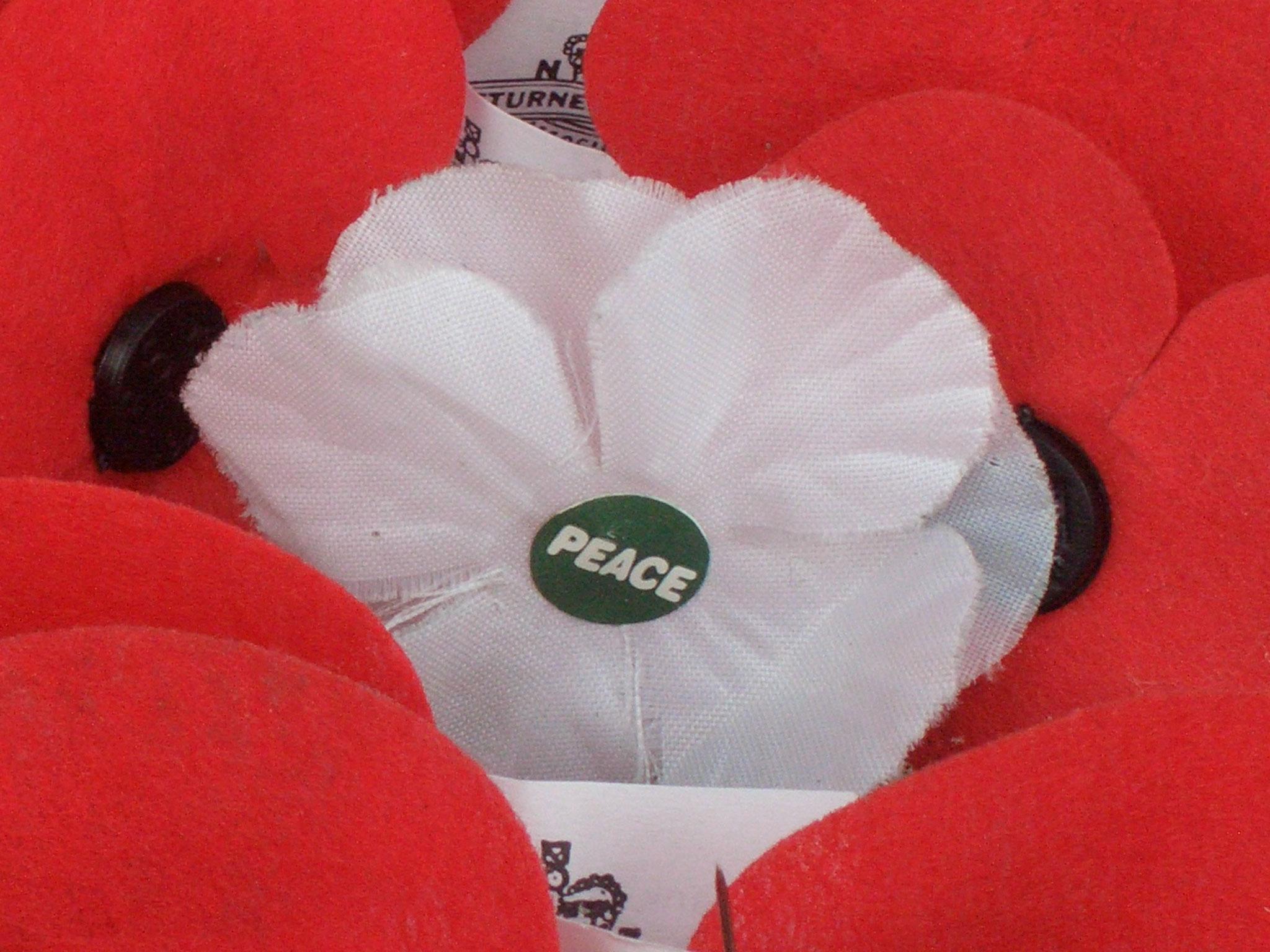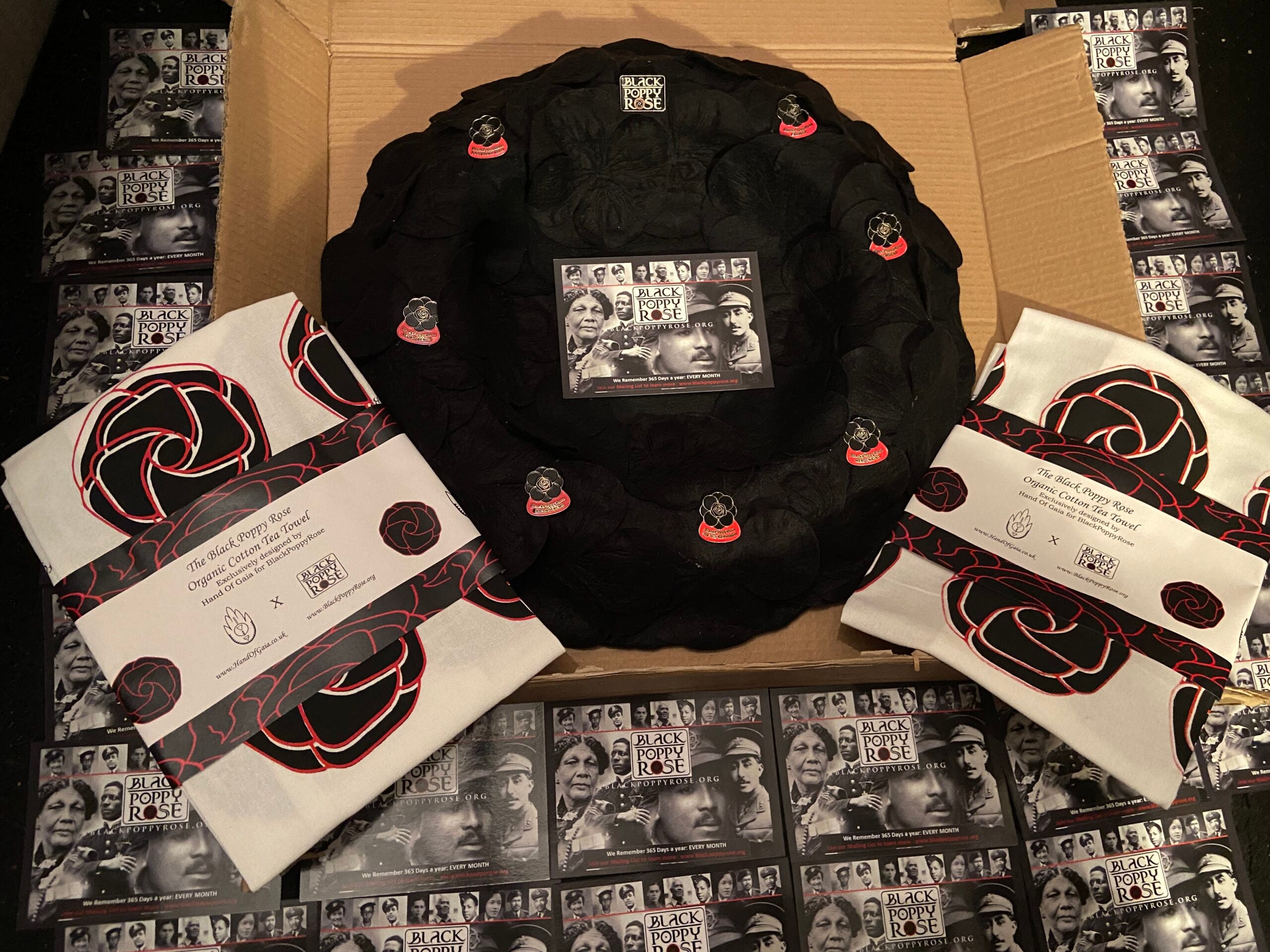Why do some people wear white, purple or black poppies on Remembrance Day?
Pacifist organisations say the red emblem has become too political

As Remembrance Day approaches, many people choose to wear a red poppy to commemorate the soldiers who have died in war. It is worn as a symbol of memory and hope, for those who gave their lives in battle.
A poppy is worn is because, despite years of fighting and destruction of the countryside landscape in western Europe during World War One, poppies continued to grow.
But today, some people choose to wear white, purple and black poppies instead.
Why do some people feel uncomfortable wearing a red poppy?
Some people believe that the red poppy has become politicised over the years. When it was first adopted, it represented mourning and served as a pledge that war must never happen again.
However, in recent years it has increasingly become utilised by political organisations, including Britain First, to promote their cause.
Others choose to eschew wearing poppies because of “poppy policing” or “poppy fascism” – in which people are lambasted for not wearing the flower.
“In Northern Ireland, for example, it became regarded as a Protestant Loyalist symbol because of its connection with British patriotism,” Peace Pledge Union (PPU), a pacifist organisation, says on its website.
“A growing number of people have been concerned about the poppy’s association with military power and the justification of war.”
The Royal British Legion has a neutral attitude towards the alternative symbol. The organisation’s website says: “We have no objection to white poppies, or any group expressing their views.
“We see no conflict in wearing the red poppy alongside the white poppy. We do ask that the items are not offered alongside each other however as this would confuse the public.”
What are white poppies and why do people wear them?

While the red poppy is worn specifically in honour of the armed forces and is distributed by the Royal British Legion, the white poppy, given out by the PPU.
According to the PPU, it is intended to remember all victims of all wars, rather than just those in which British service people were involved.
It also demonstrates a commitment to peace and to challenging any attempt to glamourise or celebrate war.
The white poppies were first conceived by the Co-operative Women's Guild - a national organisation set up to provide women working in co-operatives a voice - in 1933, and they became used by non-violence and faith organisations. They were also frequently worn by the widows and children of dead soldiers.
While it is common to see red poppies worn in the UK during the Remembrance period, with millions sold each year, only around 100,000 white poppies are sold annually and they are more difficult to get hold of.
You can buy white poppies from the PPU website here and red poppies from the Poppy Shop here.
What do purple poppies mean?

The purple poppy is worn in remembrance of animals that served and lost their lives during war.
Horses and dogs were used during wartime to haul weapons and supply carts, while carrier pigeons transported messages between home regiments and those on the front line.
Animal Aid, a charity that campaigns to end animal abuse, has created a purple “paw badge”. The organisation aims to rewrite the narrative of animals as valiant servant of people, and that the badge is a symbol of how they were exploited by humans during wartime.
You can buy a purple paw badge here.
What do black poppies mean?

The black poppy, launched in 2010 by Selena Carty, acknowledges the contributions that African, Black, Caribbean and Pacific Islands communities have made to various wars since the 16th century.
The Black Poppy Rose organisation said the poppy signifies “pride, honour and glory”.
Black Poppy pins and wreaths can be bought from the organisations website, with proceeds going towards the collection, documenting and preserving of “untold narratives” of the different communities.
You can shop the collection here.
Join our commenting forum
Join thought-provoking conversations, follow other Independent readers and see their replies
Comments
Bookmark popover
Removed from bookmarks